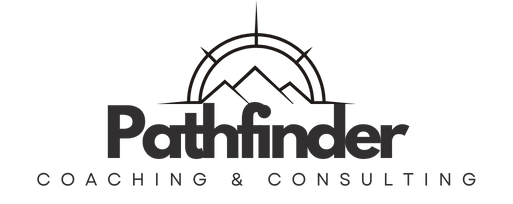Executive Coaching: Leadership Development that Delivers Results
“What shiny new toy are you sharing with us today?” As I was preparing to lead the team meeting, I was caught off guard by the question. My direct report went on to indicate that everytime I went to a conference, finished a book, or attended some leadership development training, I immediately attempted to get the whole team to instantly implement what I had learned. They anticipated some new trend or technique and I was determined to deliver the solution that would turn things around for the organization. Everyone agreed: all the ideas I shared were really good and should make a difference. So why didn’t these leadership lessons produce the results that would turn things around?
What are Leadership Development Programs (LDPs)?
LDPs are opportunities to increase leadership ability. This can take the form of University based programs, LDPs within a company, industry specific programs that lead to certifications, or leadership programs offered by private companies, government agencies, or non-profit entities. The common thread between programs is the premise of providing some learning or skill that will impact the leadership capacity of the attendee. Many programs deliver an outstanding experience that has a real impact on the participants.
Leadership Development Programs sound promising. The concepts that are presented are usually research based best practices. Content is rarely given as a reason for a LDP not having the desired impact. Companies spent about $46 billion dollars in 2023. Yet many executives indicate frustration after attempting to implement plans created through LDPs.
What went wrong?
This story from early in my leadership adventure illustrates some simple ways LDPs can go wrong. When I returned from a learning opportunity, I shared too much information all at once. It was like I read a book to the team at 5x speed and expected complete comprehension instantaneously. The team was overwhelmed with the amount of information they needed to process to understand the concepts, much less make any reasonable changes.
The context and timing of my attempts to influence didn’t help. I might have been excited about what I just learned, but my initiative failed to consider what the team needed. It was as if I was giving lectures on maintaining snow plows to people living in the Mojave Desert. It did not fit because it was not connected to the reality the team was experiencing.
After the comment about shiny new toys I got better about what I shared and when. The team always gave immediate feedback that the learning ideas were good. What I didn’t do was ask the team if they were able to apply the learning to their work. There can be a skills transfer gap between what is learned and what is applied. It is important to identify how any new learning will be utilized and then measure how effectively it is applied.
One of my most successful moments involved leading the team in collaborative work. Where this learning failed is that the team already had great collaboration. It would be difficult to measure improvement, and nearly impossible to measure if those skills applied to collaboration outside the immediate team. Could my team members teach collaboration skills to their respective teams?
Successful Leadership Development Programs
To ensure you select a LDP that will be successful, ask the right questions before the engagement that identify the four successful pillars of program design: context, purpose, pedagogy, and results.
Selling snow plows in the Mojave is poor context. In a post pandemic climate, LDPs must take into account remote work, the impact of AI, and an evolving workforce. Does the program design take into account all factors that currently exist? Will this help you right now? Can this spending be justified?
What is the purpose of the program? Do you need specific technical skills? Are you looking to increase relational and communication skills? What characteristics and capacities will be evident in program outcomes?
Does the pedagogy create sufficient opportunities for growth? What methods will be used to achieve learning outcomes? Programs that cultivate self-discovery and open-ended questions have a greater long term impact than those with specific steps to follow. Creating individualized learning plans allows personalized growth that helps the organization beyond enhancing the career options of the participants.
What kind of results will be produced? What are the expected outcomes of the training? How will this program motivate participants to apply their learnings? How will the return on investment be measured? How will the learning impact the organization? What behavior changes will the leaders experience?
Executive coaching is an effective leadership development program
All the right questions point to executive coaching as a model for a leadership development program. Coaching must meet the client in their current context and offer a service that connects with the client’s reality. The purpose of coaching is to facilitate the growth of the client. Coaching pedagogy is customized for the client. Coaching results in growth that impacts the organization. Executive coaching is not a shiny new toy. Executive coaching delivers results.
#LeadershipDevelopment #ExecutiveCoaching #Leadership #ProfessionalDevelopment #Learning #Growth
